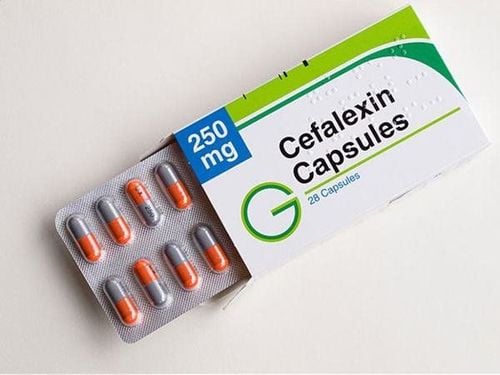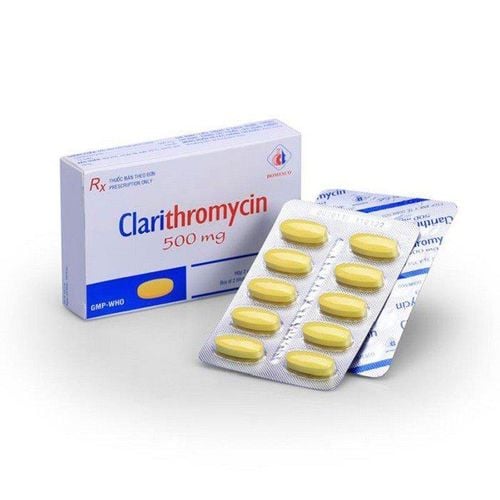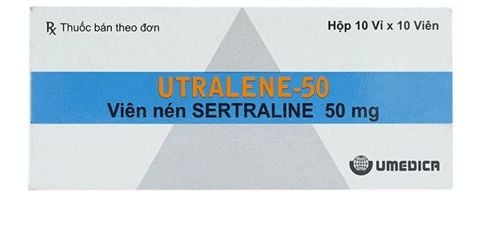This is an automatically translated article.
Cefobid belongs to the group of Cephalosporin antibiotics with the main ingredient being Cefoperazone sodium. Cefobid is indicated for the treatment of respiratory tract infections, urinary tract infections, blood, skin, soft tissues, bones and joints and peritonitis,...1. What is Cefobid?
Prepared in the form of a powder for injection, Cefobid is an antibiotic against infections and bacteria. The main active ingredient in the drug is Cefoperazone sodium 1g and many other excipients and auxiliary materials. Cefoperazone is a 3rd generation cephalosporin semi-synthetic antibiotic that acts to kill bacteria by inhibiting the synthesis of the cell wall of growing and dividing bacteria. Therefore, the use of Cefobid is especially effective against strains of bacteria capable of producing Beta-lactamase of both gram-negative and gram-positive bacteria.
With such use, the drug Cefobid is often prescribed by doctors for the following cases:
Respiratory tract infections; Peritonitis ; Blood infection, skin infection; Pelvic inflammatory disease or endometritis ; Urinary tract infections ; In addition, the drug can be used to prevent infection after surgery for patients undergoing abdominal, gynecological, cardiovascular and orthopedic surgery. Contraindicated treatment with Cefobid for subjects:
Hypersensitivity to Cefoperazone or Cephalosporins.
2. Instructions on how to take Cefobid
How to use: Cefobid can be used by intramuscular injection or intravenous infusion (depending on the severity and course of the disease). However, it is necessary to use the drug under the direction and supervision of a doctor. In particular, do not take the drug at a low, high dose, or for a longer time than indicated.
Refer to the following dosage:
Mild to moderate infections: Infuse 1-2g every 12 hours. Severe infections: Infuse 2-4g every 12 hours. Usual Pediatric Dose: 25-100mg/kg infusion every 12 hours. Patients with renal impairment: It is not necessary to reduce the usual dose. The maximum dose for people with liver disease or biliary obstruction is 4g/day.
3. Side effects of the drug Cefobid
The following are the symptoms of side effects of Cefobid (most of them mild) that users may experience:
Digestive disorders : Nausea, vomiting, diarrhea and abdominal pain; Reversible leukopenia or hypoprothrombinemia; Urticaria, red rash accompanied by fever. Note: Users need to stop taking Cefobid when the above symptoms do not improve or other symptoms appear. Tell your doctor or healthcare professional right away for instructions on how to use alternative medicines.
4. Notes when using Cefobid
Use caution when using Cefobid for the following subjects:
Patients with a personal or family history of allergies; Patients with severe renal or hepatic impairment; The patient is elderly, debilitated or eating poorly; Pregnant and lactating mothers.
5. Interactions of Cefobid
Avoid using the following alcoholic beverages during treatment with Cefobid because concomitant use may experience typical manifestations such as body flushing, sweating, headache, nausea, vomiting including tachycardia.













